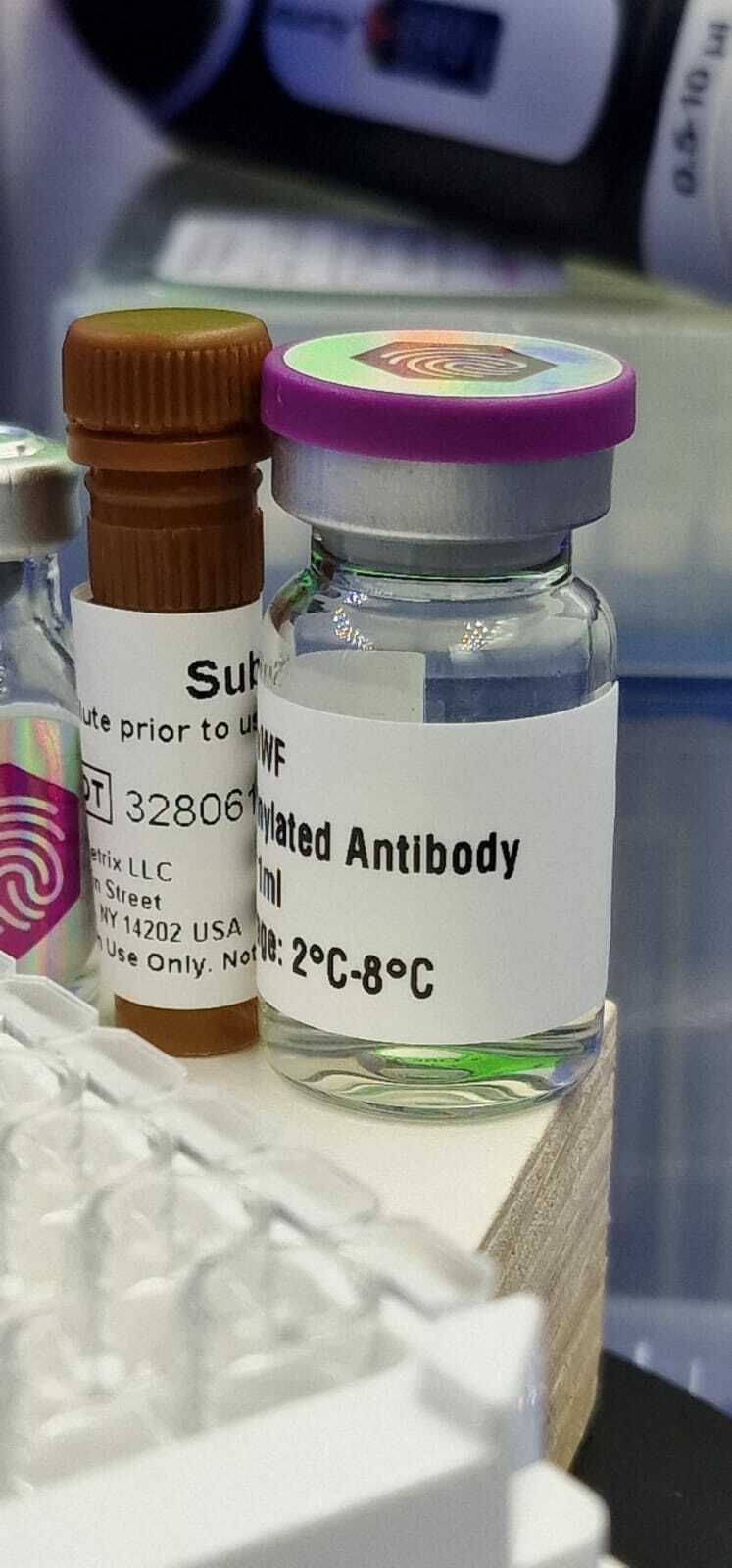Antibody response patterns in COVID-19 patients
The antibody response patterns in COVID-19 patients can vary depending on several factors, including the severity of the disease, the timing of sample collection, and individual differences in immune responses. Here are some general observations regarding antibody responses in COVID-19 patients:
IgM and IgG Antibodies:
Following infection with SARS-CoV-2, the immune system typically produces antibodies of the IgM class first, followed by a more sustained production of IgG antibodies. IgM antibodies are usually detectable within the first week after symptom onset, while IgG antibodies tend to appear later, peaking around 2-3 weeks after symptom onset.
Temporal Dynamics:
The antibody response in COVID-19 patients can vary over time. Studies have shown that IgM antibodies may decline relatively quickly after reaching peak levels, while IgG antibodies can persist for several weeks to months after infection. However, the duration of antibody persistence and the rate of decline can vary among individuals.
Severity of Disease:
The magnitude and kinetics of the antibody response may differ between individuals with mild, moderate, and severe COVID-19. Severe cases of COVID-19 tend to elicit a more robust and prolonged antibody response compared to mild cases. However, some individuals with mild or asymptomatic infections may also produce detectable levels of antibodies.
Neutralizing Antibodies:
Neutralizing antibodies, which can effectively block viral entry into host cells, are of particular interest in the context of COVID-19 immunity. While most individuals infected with SARS-CoV-2 develop neutralizing antibodies, the levels and potency of these antibodies can vary among patients. Studies suggest that the presence of neutralizing antibodies may correlate with protection against reinfection or severe disease.
Cross-reactivity with Other Coronaviruses:

Some studies have reported cross-reactivity of SARS-CoV-2 antibodies with other human coronaviruses, such as those causing the common cold. This cross-reactivity may affect the interpretation of serological tests and the assessment of COVID-19 immunity.
Variability in Assay Sensitivity:
The sensitivity and specificity of serological assays used to detect SARS-CoV-2 antibodies can vary depending on the methodology and target antigens. Different assays may yield different results, leading to variability in reported antibody prevalence and titers.

We analyzed antibody response patterns according to level of disease severity in patients with novel coronavirus disease 2019 (COVID-19) in Japan. We analyzed 611 serum samples from 231 patients with COVID-19 (mild, 170; severe, 31; critical, 30). Immunoglobulin M (IgM) and IgG antibodies to core protein (N) and spike protein 1 (S1) were detected by enzyme immunoassays.
The peaks of the fitted curves for the optical density (OD) values of IgM and IgG antibodies against N appeared simultaneously, while those against S1 were delayed compared to N. The OD values of IgM against N and IgG against N and S1 were significantly higher. in severe and critical cases than in mild cases at 11 days after the onset of symptoms.
IgG seroconversion rates were higher than IgM against N and S1 during the clinical course based on the optimal cutoff values defined in this study. IgG and IgM seroconversion rates against N and S1 were higher in severe and critical cases than in mild cases. Our results show that a stronger antibody response occurred in COVID-19 patients with greater disease severity and that there were low antibody seroconversion rates against N and S1 in mild cases.
The novel coronavirus disease 2019 (COVID-19), which is caused by infection with severe acute respiratory syndrome coronavirus 2 (SARS-CoV-2), was initially reported in December 2019 in Wuhan, China,1 and it has since become an ongoing pandemic worldwide.2
Patients with COVID-19 are mostly asymptomatic or have mild symptoms, but about 20% of patients develop severe disease.3 The global scientific community is still researching the mechanism of disease pathogenesis to identify an effective treatment . Recently, several reports have suggested that antibody response against SARS-CoV-2 may be associated with disease severity.4-10 Identifying antibody response patterns of target populations and differences in these patterns between patients depending on disease severity will help clarify pathogenicity and humoral immunity for SARS-CoV-2.
The main antigens of SARS-CoV-2 are the inner core protein (N) and the outer spike protein (S), which consists of two subunits (S1 and S2). In particular, S1 contains a receptor-binding domain (RBD) that is responsible for binding to the angiotensin-converting enzyme 2 receptor on host cells early in infection11; thus, antibodies targeting S1 and RBD should inhibit angiotensin-converting enzyme 2/RBD binding and have neutralizing activity.8, 12-15
Differences in antibody response patterns against each antigen between patients with different levels of disease severity have been reported based on limited samples collected from specific countries9, 12; however, it is unclear whether these response patterns can be applied in the same way to different populations. Here, we describe differences in antibody response patterns for N and S1 and isotypes among 611 serum samples collected from 231 Japanese COVID-19 patients with different levels of disease severity.
